13 Cars That Define Buick At Age 110
/ Larry AlssidAn interesting slideshow from Popular Mechanics was put together last year during Buick's 110th year anniversary. The editors presented what they considered some of the greatest Buick winners and some of the dogs. See whether you agree.
Buick has seen great cars and lousy ones. And there are a lot of Buicks that hardly anyone even remembers. But here are 13 that, for better or worse, have come to define what a Buick is today. That's the seven greats, the five worst, and the greatest Buick of them all!

When virtually every other maker had given up on muscle cars, Buick revolutionized the species with the Regal-based 1984 to 1987 Grand National powered by a turbocharged V-6. Then, just as the great Grand National was on its way out, Buick conspired with McLaren and ASC to conjure up the nastiest one of all: the limited-production GNX.

In 1963 General Motors introduced two cars that stand among the most beautiful ever built in America. The first is the classic "split-window" Chevrolet Corvette Sting Ray. The second was the Buick Riviera luxury coupe. Together they are the crowning legacy of GM's legendary design head Bill Mitchell.
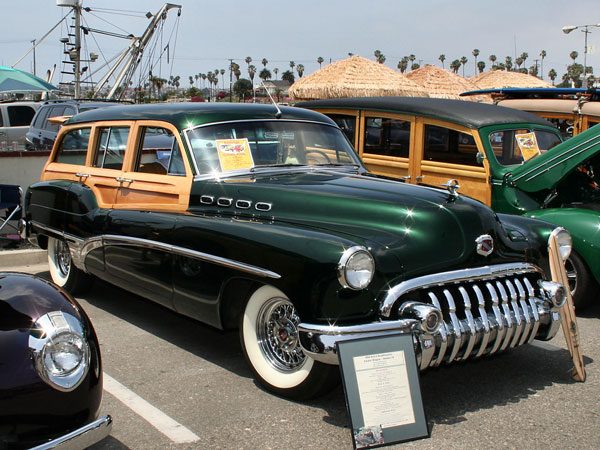
The 1950 Buicks had the most outrageous front grille in GM's history: nine massive chrome teeth so big they ran clear off the grille and out over the front bumper. Buick sales for the 1950 model year leapt 38 percent over 1949. To this day, when people think Buick, this is the Buick they have in mind. Take a look at Buick's 2014 lineup. The face of all those cars is the face that the 1950 Buicks (with the Roadmaster at the top of the line) made unforgettable.
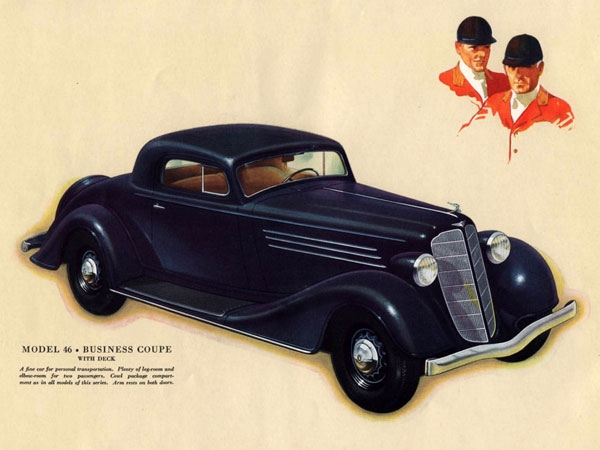
Buick might not have survived the 1930s were it not for the Model 40. As the Depression wore on, the division's products ossified into grim and dowdy cars that were too chintzy to be classy and too expensive to be solid values. The 40's interiors were spartan by Buick standards, but the car itself was handsome. And thanks to its relatively small size, lighter weight, and 93-hp 3.8-liter straight eight, it was quicker than most cars of the era. More important, it was cheaper than other Buicks, carrying a base price of only $795 for the two-door Business Coupe.
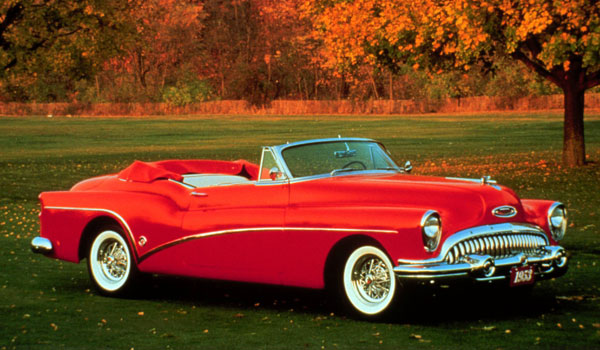
Buick celebrated it's 50th year anniversay in spectacular style with the extravagant 1953 Roadmaster Skylark convertible. Built atop the Roadmaster chassis, the Skylark took the lessons of California custom-car builders and applied them to the basic Buick body shell. The windshield was chopped down by 4 inches, the doors were sliced so they dipped provocatively as they met the rear fenders, the wheel openings were simplified into circles, and a slashing chrome spear accented the flanks.

The California Highway Patrol was in a bind. The blundering sedans it used to monitor the roads simply couldn't keep up with the increasingly popular sports cars and hot rods. So Buick engineered a machine specifically for law enforcement: the Century 68 two-door sedan. The Century 68 took the lighter body of the smallest Buick, the Special, and gave it the 236-hp 5.3-liter V-8 from the Century along with big brakes from the Roadmaster. The result was a rocket ship in black and white.

Buick never seemed comfortable building muscle cars during the classic muscle era. Buicks were too mature to wallow in such antics. But when Buick finally committed itself to playing the game, it came up with the spectacular GSX coupe. Based on the somewhat sporty Gran Sport versions of the Skylark, the GSX stood out because of its overwhelming graphics package, special hood-mounted tachometer, and particular deck and chin spoilers. Somehow, the GSX maintained its Buick dignity and sophistication and retained much of Buick's traditional comfort thanks to a compliant suspension.
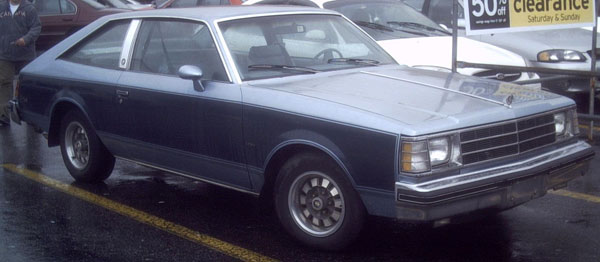
Someone inside GM design thought the new Century would make a wonderful fastback. But it was hideously ugly and the public wrote them off as "hunchbacks," and the 1978 Century was a sales disaster
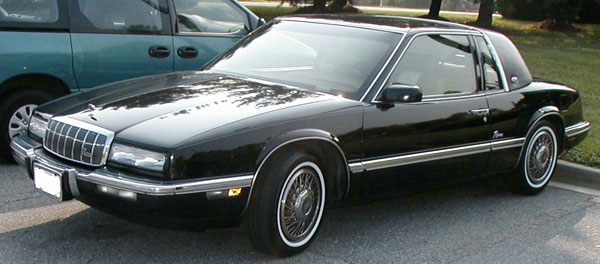
The downsized 1986 Riviera managed to appear weirdly proportioned and blandly generic at the same time. Buick redecorated this Riviera several times, but it never became anything that could be confused with attractive. Inside, the Buick was like most GM cars of the time: a front driver powered by transversely mounted V-6 engines. You know, boring.

Buick never needed to be in the subcompact coupe market. But there it was, trying to sell buyers on the new Skyhawk hatchback. The rear-drive Skyhawk wasn't terrible to look at, but it was built on the brittle bones of the awful Chevrolet Vega. So it was flimsy, quick to rust, and haphazardly assembled.
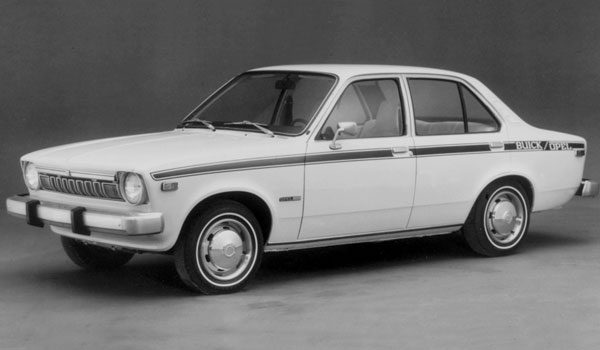
Based on the same structure as the unloved Chevrolet Chevette, the Buick Opel was both primitive and chintzy. The Opel was an indication to buyers that Buick didn't care about quality or distinctive design. By the time this dumpy runt was put out of its misery, no one seemed to care about it... or about Buick.
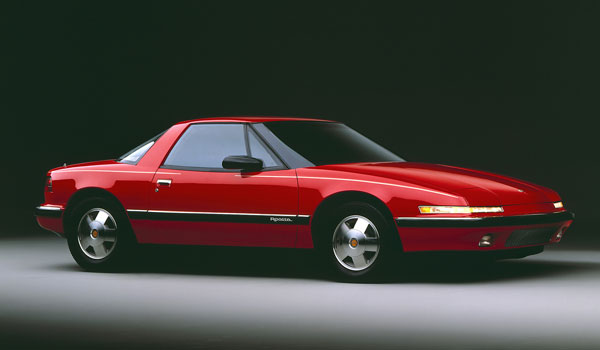
Buick was adrift in the late 1980s. The Reatta was an attempt to break out with an almost-hand-built, limited-production two-seater based on a shortened Riviera chassis. But basing the Reatta on the Riviera limited it to that car's mundane mechanicals. There simply wasn't any market for a car like the Reatta, and by the time a convertible version appeared in 1990 the car was virtually forgotten.
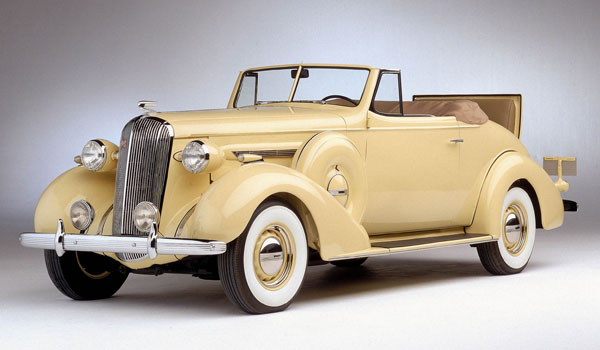
The incredibly long hood and ripe teardrop fenders brought instant glamour to a brand that was in danger of being seen as too stodgy and conservative. Its 120-hp 5.2-liter straight eight made it the first Buick capable of reaching 100 mph.













